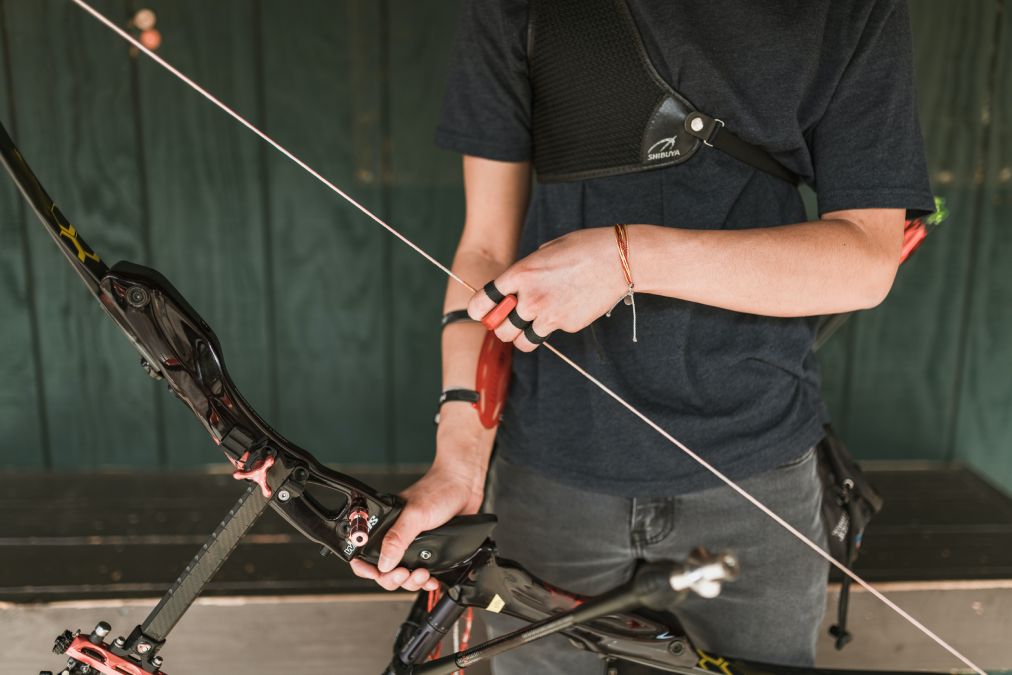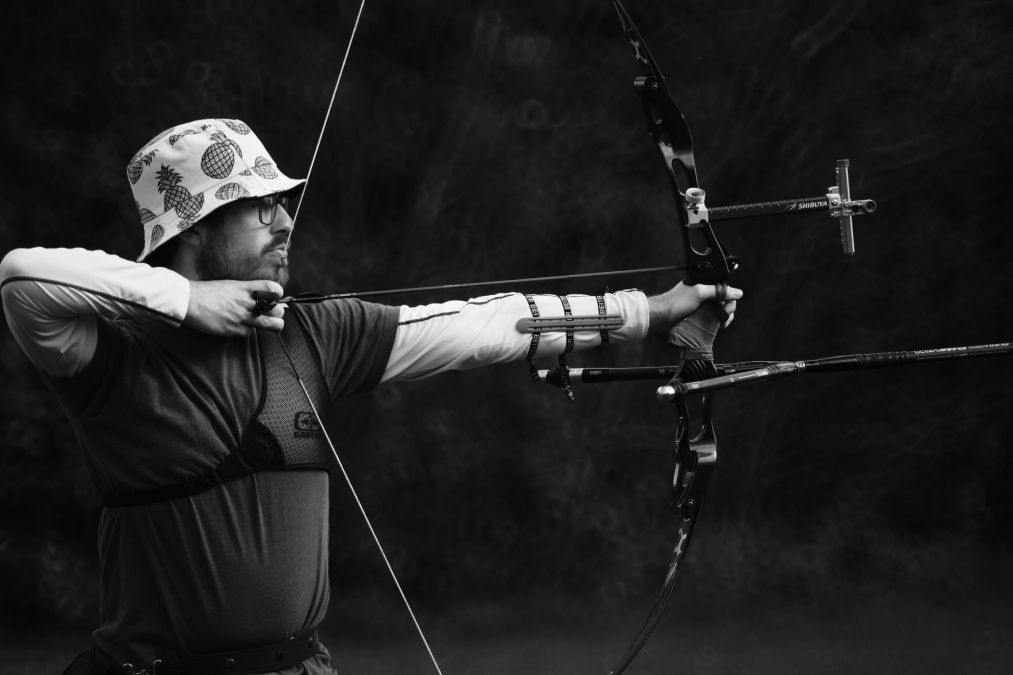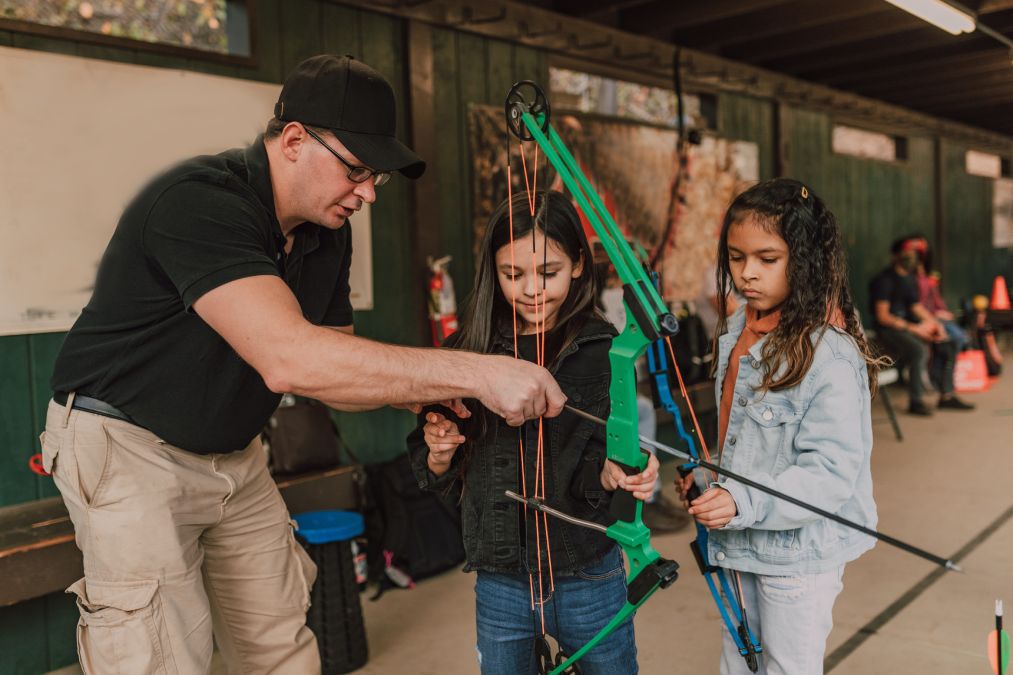Archery is a sport and skill that has stood the test of time, tracing its roots back thousands of years. Once a crucial tool for hunting and warfare, archery has evolved into a popular sport and recreational activity enjoyed by millions around the world. Whether you’re a beginner or a seasoned pro, having the right equipment is absolutely essential.
Imagine trying to hit a target with a bow that’s too heavy or arrows that are too short; it’s like trying to write with a broken pencil. The right gear not only enhances your performance but also ensures safety, which is paramount in any sport. The article covers everything regarding the selection of the right equipment for your skill level.
7 essential archery equipment items to get you started
Archery is a fun and rewarding sport that anyone can enjoy, but before you can start hitting those bullseyes, you’ll need the right gear. Think of it like cooking; you can’t make a delicious meal without the right ingredients and tools. The same goes for archery. Having the right equipment not only helps you shoot better but also keeps you safe while you’re having fun. We’ve put together a list of 7 essential archery equipment items that are perfect for beginners. These are the must-haves to get you started on your archery journey.
The Bow – The Heart of Archery

The bow is like the main character in an archery story. There are two big types: the Recurve Bow and the Compound Bow. The recurve bow is a simple, classic bow. It’s good for beginners and not too expensive. While a compound bow is more high-tech. It’s great for people who haven’t done archery for a while.
So, how do bows work? You pull back the string and let go. The bow’s energy makes the arrow fly fast toward the target. Recurve bows are snappy and quick. Compound bows are strong and precise. If you’re buying a bow, think about your skill level and what you want to do. Are you new or experienced? Do you want to shoot for fun or for sport? Prices can start from $50 for recurve bows and go up to hundreds for compound bows.
Arrows – The Soul of the Sport

If the bow is the heart of archery, then the arrows are its soul. They’re what you shoot to hit the target. Arrows come in different materials:
- Carbon fiber: These are strong and light. They’re good for serious archers.
- Aluminum: These are also strong but a bit heavier. They’re good for practice.
- Fiberglass: These are cheap and okay for beginners.
- Wood: These are old-school and mainly used for traditional archery.
Some arrows are special. For example, there are arrows just for hunting and others for bow fishing. They have different tips to do different jobs. When you’re buying arrows, think about the cost. You can buy them in packs, and more arrows usually mean a better deal. Prices can start at $5 per arrow and go up depending on what they’re made of and what they’re for.
Arm and Chest Guards

Safety is a top priority in archery, and that’s where arm and chest guards come into play. Arm guards act like mini-shields for your forearm, preventing injuries from the bowstring’s backlash when you release an arrow. They’re essential for avoiding bruises or scrapes. Chest guards offer another layer of protection, especially for your upper body.
Despite their importance, they’re designed to be lightweight so you can move freely. When it comes to cost, arm guards usually start at around $10, and chest guards can begin at $20. While prices can vary, investing in these safety items is a small but crucial step in ensuring you can enjoy the sport without worry.
Gloves – The Unsung Heroes

Gloves in archery are like the unsung heroes of the sport. They might not get a lot of attention, but they play a big role in keeping your fingers safe. When you’re pulling back a bowstring again and again, it can really take a toll on your fingers. Gloves help prevent both minor irritations and more serious injuries. When choosing gloves, material and fit are key. You’ll find gloves made from leather, synthetic materials, or a mix of both.
The fit should be snug but comfortable, allowing you a full range of motion. As for the cost, quality archery gloves can start as low as $10 and go up from there. While they might seem like a small detail, investing in a good pair of gloves is important for both comfort and safety.
Quivers – The Archer’s Toolbox

Quivers are like the toolbox for archers, holding all your arrows in one convenient spot. Unlike traditional arrow cases, which can be bulky and hard to open quickly, quivers are designed for easy access, especially during competitions. Imagine you’re in the heat of the moment, your adrenaline is pumping, and you need to grab an arrow fast.
A quiver allows you to do just that, keeping your arrows at your side and ready to go. When it comes to price, quivers can vary. Basic models can start around $20, while fancier, more specialized quivers can go up in price. Whether you’re a casual archer or a competitive one, a quiver is a practical investment that adds convenience and efficiency to your archery experience.
The Archer’s Telescope

Spotting scopes are like telescopes for archers, helping you get a super-clear view of your target. Whether you’re practicing or in a competition, these scopes let you zoom in to see exactly where your arrow hit. This is super helpful for making small adjustments to your aim. But be careful—if you’re in a competition, make sure to check the rules. Some events have restrictions on using scopes.
As for cost, spotting scopes can vary a lot based on their quality and how much they can zoom in. Basic ones can start at around $100, but if you’re looking for high-quality magnification, the price can go up significantly. Investing in a good spotting scope can really up your archery game, letting you see your target like never before.
Targets – The Endgame

Targets are the endgame in archery, the point of all your aiming and shooting. Traditional archery targets are usually round with a bullseye in the center and different colored rings for scoring. Hitting closer to the bullseye gets you more points. For those interested in hunting, there are also animal-shaped targets. These help you practice aiming at specific areas of an animal, like the heart or lungs.
When it comes to cost, simple paper targets can be really cheap, starting at just a few dollars. But if you’re looking for something more durable like foam targets or 3D animal models, prices can start at $50 and go up. Whether you’re practicing for sport or hunting, the right target can make a big difference in improving your skills.
Other Accessories
In the world of archery, there’s a whole universe of extra goodies known as accessories. These include things like fletchings, which are the feathers or plastic vanes on the back of an arrow to help it fly straight. These accessories can really up your game, making you more accurate and organized.
- Kisser Buttons: These small devices help you pull the bowstring back to the same spot every time, making your shooting more consistent.
- Peep Sights: These are tiny holes in the bowstring that you look through to aim. They help improve your accuracy.
- Improving Accuracy and Organization: These accessories can make a big difference in how well you shoot. They help you be more accurate and organized in your archery practice.
- Standardized Equipment for Competitions: If you’re planning to compete, be aware that there are specific rules about what accessories you can use. Make sure your gear meets these standards.
Conclusion
Archery is a sport that combines skill, focus, and precision, and having the right equipment is crucial to your success. From the bow, which is the heart of archery, to the arrows, the soul of the sport, each piece of equipment plays a vital role. Don’t overlook the importance of safety gear like arm and chest guards, or the added precision that gloves and accessories can offer. Investing in quality equipment isn’t just a spending choice; it’s an investment in your archery journey. Quality gear enhances your performance, ensures your safety, and ultimately makes archery more enjoyable.

